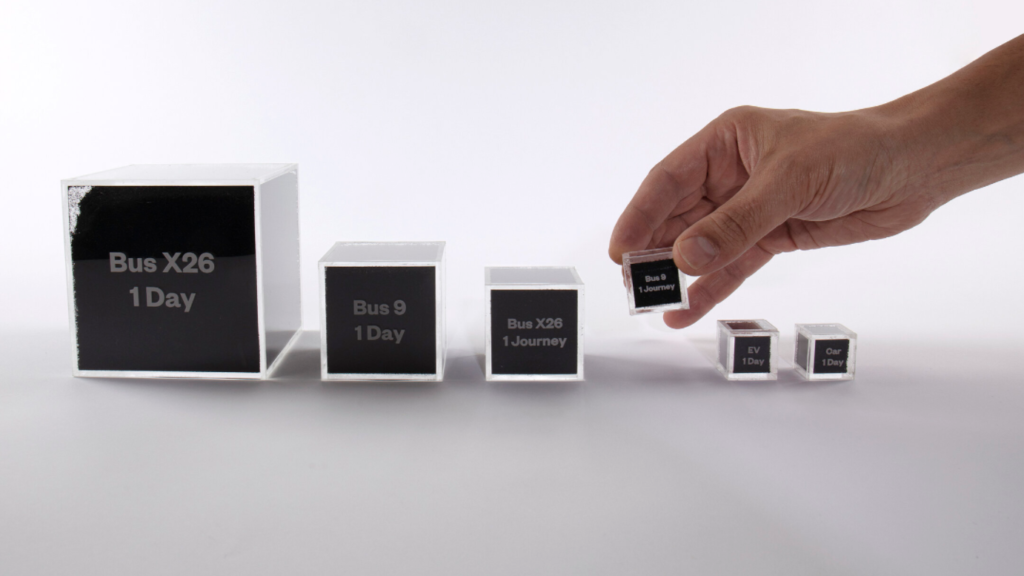The problem:
Batteries and regenerative braking systems are an obvious place to cut emissions, but so are tyres. We all know tyres wear down but consequences are not taken into consideration.
Electric vehicles (EV’s) will lower tailpipe emissions, but tyre wear is projected to increase since they are heavier than their gas counterparts because of the added battery weight and torque.
It is crucial to consider the implications of tyre wear, so we are not replacing one pollution source with another.

Microplastics are commonly associated with single-use plastics. Tyre dust is the second-largest microplastic pollutant in our ocean after single-use plastic and accounts for 50% of 2.5 and 10 air-particulate emissions (PM) from road transport. Tyre wear out from friction every time we brake, accelerate or turn a corner; and enter our waterways, the food we eat, and the air we breathe. 500,000 tonnes of tyre wear is produced annually across Europe.
According to the UK department of transport, a car produces 2.08 g of car dust on a 16 km commute.
Based on journeys mapped on TFL API, the longest TFL (Transport For London) bus route produces 336.3 g (a pile the size of a grapefruit) in 24 hours. The No. 9 London bus, on average releases 4.65g per journey and a total of 65g a day.

The solution:
Zero-emission tyres by The Tyre Collective
What it does: They serve fleet vehicle operators and manufacturers to achieve zero-emission goals.
How it works: The device uses electrostatics and aerodynamics of a spinning wheel to capture the particles.
The rubber particles coming off the tyre are positively charged due to friction. Using a single array of electrostatic plates, the design currently captures 60% of all airborne particulates on the test rig. It is low energy and can be powered directly from the car’s alternator.
Positioned close to where the tyre meets the road, with sufficient ground clearance, the device takes advantage of various air flows around the spinning wheel. It is attached to the steering knuckle, free to move and turn with the suspension, and adaptable to different vehicles.
Captured tyre particles are stored in a cartridge within the device and collected during servicing. Once refined, they are extracted and used in a variety of applications, including new tyres, 3D printing and dyes, creating a closed-loop system.

How is it different?
The pending-patent that covers the technology, consists of various plate configurations and embodiments attached to a variety of vehicles in the vicinity of the tyre and underbody.
By capturing right at the wheel, it is more effective than outdoor HEPA filters and consumes less energy than vacuuming and conventional electrostatic precipitators.
The device will provide real-time data on the rate of wear concerning driving habits and environmental conditions. This data is valuable to tyre and vehicle manufacturers to understand the performance of tyres over long periods. Report this
Published by
Maitree Joshi
